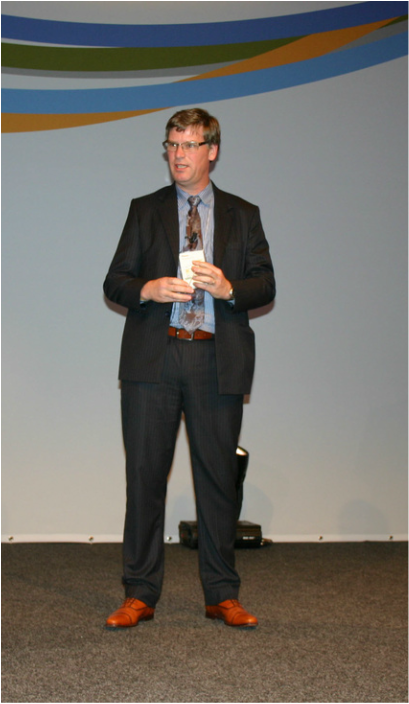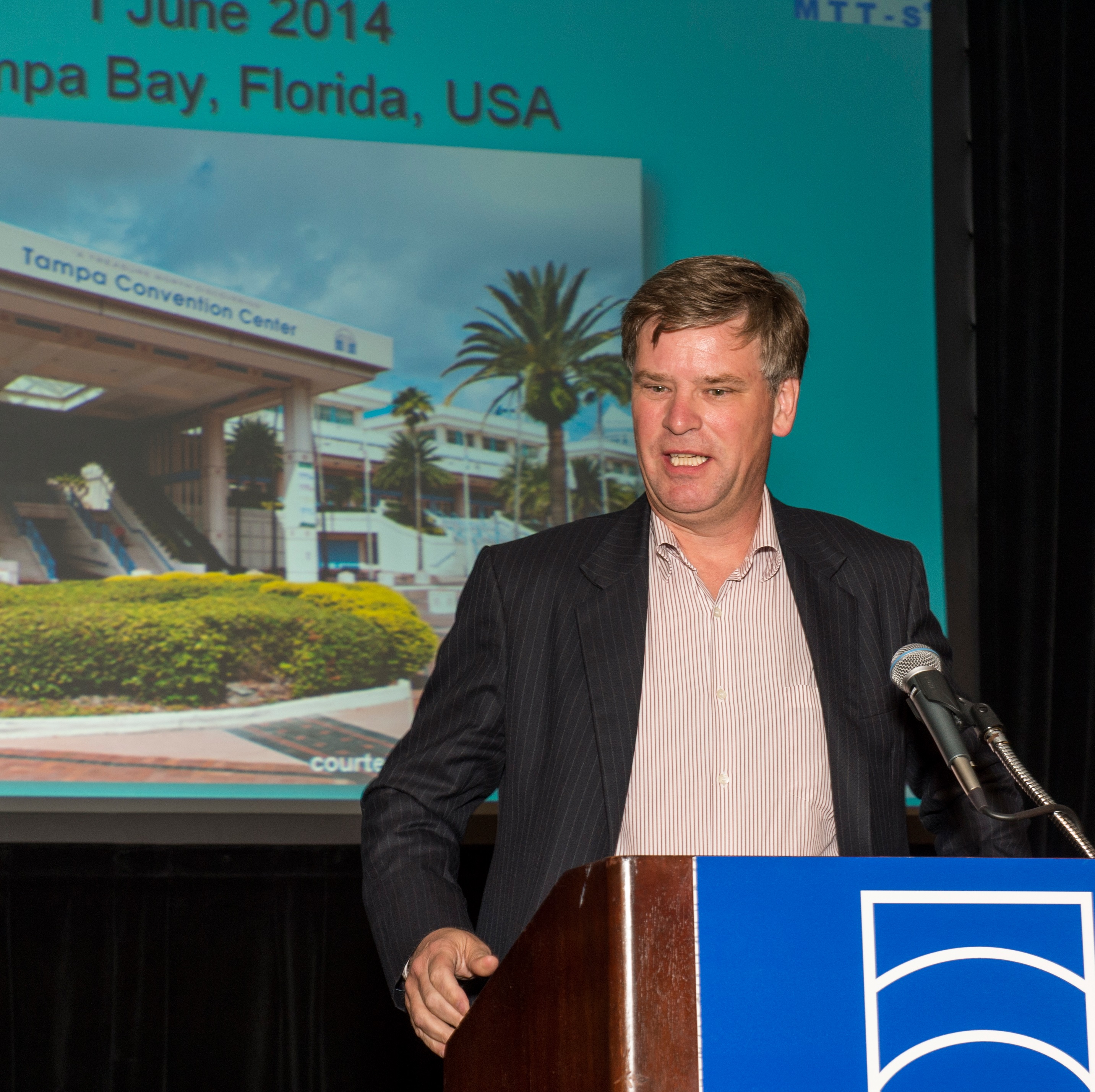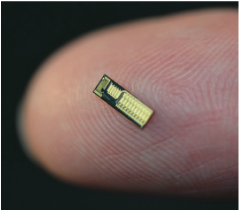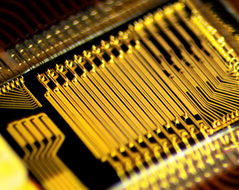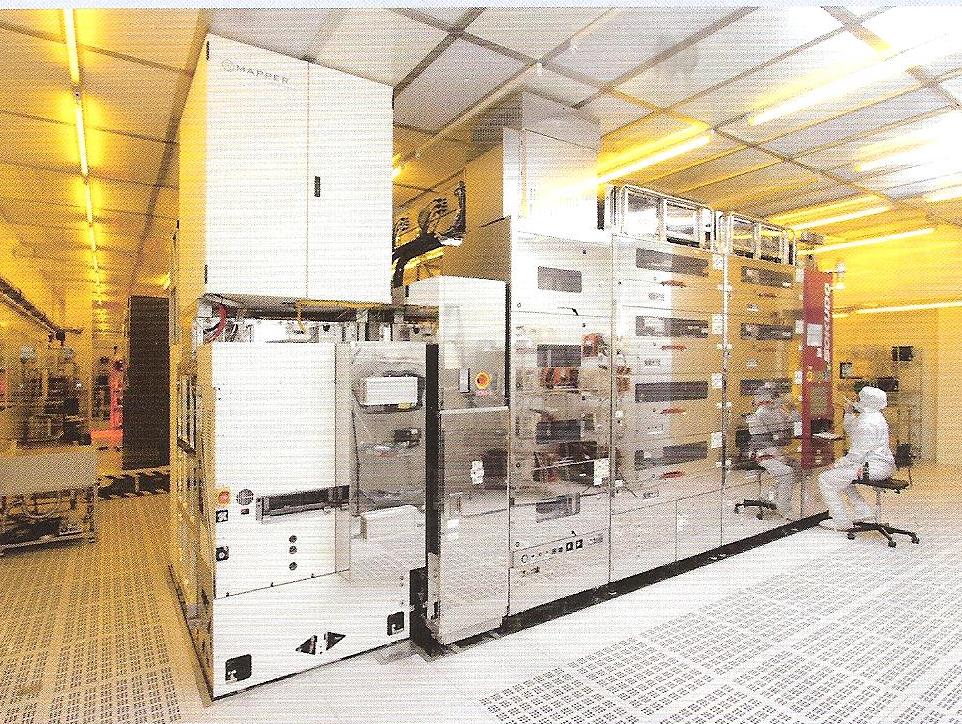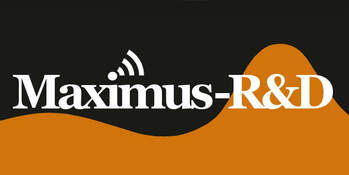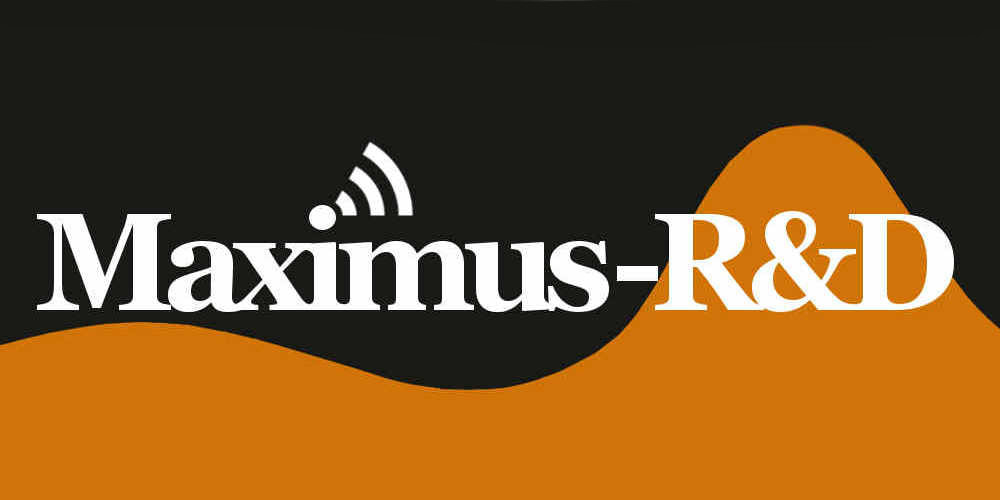Technology strategy consultancy
Whenever you're struggling with any of the below questions, technology consultancy might be of help to you:
Follow-up projects are often asked for, but it should be clear that I'm not one of those many consultants where the first project is closed or presented in such a way that the client is almost obliged to do an (even bigger) follow-up project. But in most cases we agree, when the management has decided to go for implementation (which they usually do), that I will support the team with the implementation project. This is mostly in the form of regular update sessions or participating in project reviews, but can also be the participation in M&A due diligence processes or follow-up strategic reviews. And even if there's not a formal project I'll stay in touch with the team, because I'm always very interested if and how the technology actually develops. R&D process consultancy
R&D or Engineering only runs smoothly if all of the sub-processes described in the section R&D Processes run optimally. My R&D consultancy can be from very broad, covering the entire process set, to focused on one specific aspect. The typical scope of a project can be:
|
Here you find more details on the projects I did so far.
|
Supervisory board member
|
There's a lot of overlap between technology consultancy and being member of a supervisory board in a technology-centric company. In both cases it's about understanding the strategy, the strengths and weaknesses and how smoothly the internal processes are running. The main difference is of course that a supervisory board member will stay out of the execution.
Because a board membership is broader than just technology and requires a professional approach I've followed the course for New Board Members at the renowned Erasmus University in Rotterdam; very interesting, interactive, giving a lot of insight into board room dynamics and bringing you up to date on what it requires to be an effective board member. Being member of the ESAA alumni organization VCTE gives me access to a vast group of experienced board members when needed. From 2015 to 2019 I've been on the Supervisory Board of Effect Photonics in Eindhoven, The Netherlands, a start-up that is developing the worlds first fully integrated InP photonic integrated circuits. |
|
After my consultancy projects for Mapper Lithography, I was asked to become the Chairman of the Supervisory Board of the company. Which became an exciting but bumpy ride, because three weeks after taking the role the main investor pulled out, December 2017. Since then we, the Board and the Management Team, have been working very hard to find new means of financing. In the period of one year we were three times close to a major deal, but each time the prospective investor company pulled out last minute. By the end of 2018 the company was out of money and we had to file for bankruptcy. Of course a frustrating end, knowing how close the company was to releasing its first machine. At the same time a very dynamic period, working with a very engaged team on a fantastic technology.
|
Start-up investor and entrepreneur
|
It can easily be forgotten, but Maximus-R&D BV as small consultancy company is now active successfully for 5 years. Not only is it a financially sound and very healthy enterprise, but it has established a solid reputation for efficient high-quality strategic analysis and advice. Customers in the high-tech and especially the semiconductor industry continue to find it for new projects.
|
|
SandGrain, a start-up company based in Delft, The Netherlands, is partly an effort to keep alive and realize some of the ideas originally targeted with the Mapper machine. But this time with a focus on the IC process and design, not on developing machinery. SandGrain has been founded by industry experts, and myself I'm co-founder and CTO of this exciting new start-up.
|
